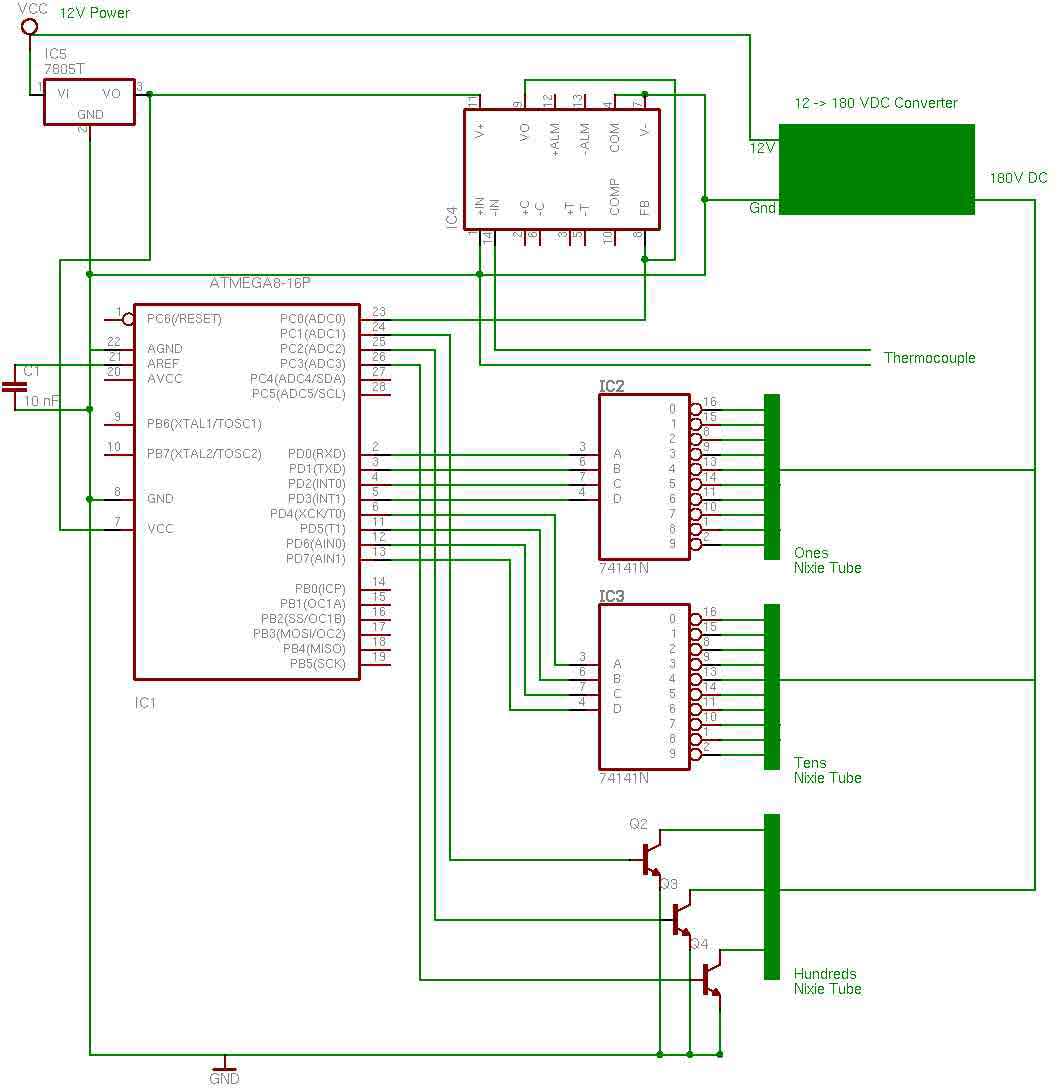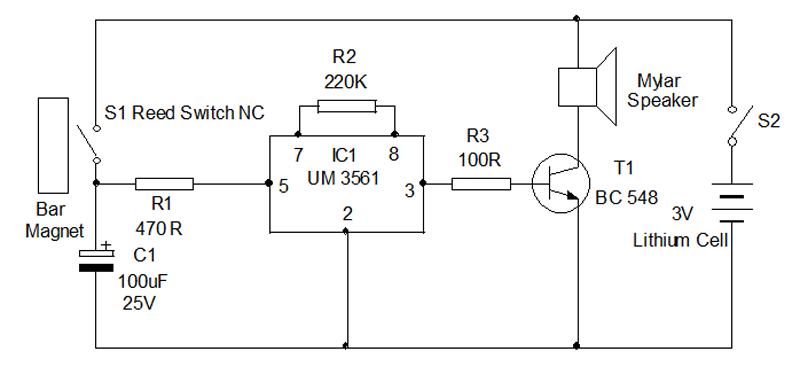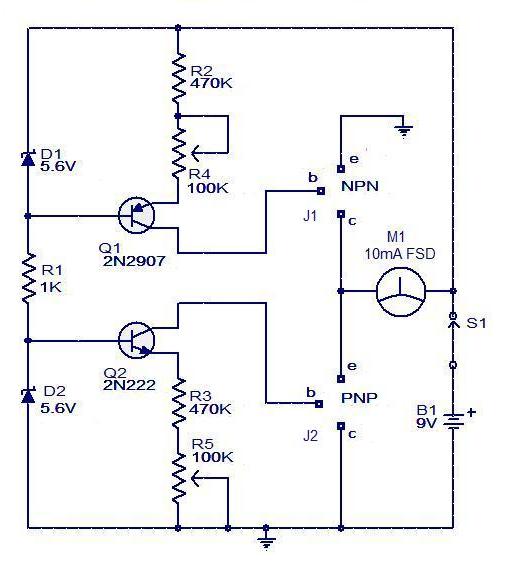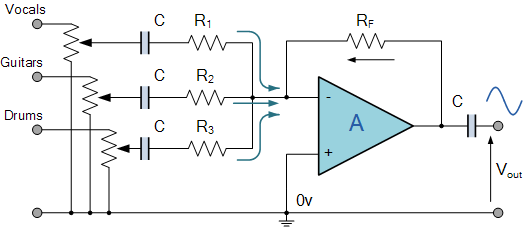
FM Jammer Circuit With 2N2222 Transistor

The FM jammer circuit diagram transmits VHF signals. Normally, the powerful oscillation of the circuit interrupts FM signals. Jammers are banned in many regions.
The FM jammer circuit operates by generating a strong VHF (Very High Frequency) signal that disrupts the reception of FM (Frequency Modulation) broadcasts. This is achieved through the use of an oscillator circuit, which is the core component responsible for producing the jamming signal. The oscillator can be based on a variety of configurations, such as a Colpitts or Hartley oscillator, depending on the desired frequency range and stability.
In the typical design, the oscillator circuit is powered by a DC power supply, which could range from a battery to a dedicated power adapter. The output of the oscillator is then amplified using a radio frequency (RF) amplifier to ensure that the jamming signal is strong enough to interfere with the FM signals in the vicinity. The amplified signal is then fed into an antenna, which radiates the jamming signal into the air.
The frequency of the jamming signal is usually set to match or closely overlap with the frequencies of the FM stations in the target area. This overlap is crucial, as it allows the jamming signal to effectively mask the original FM broadcasts, rendering them inaudible to receivers within range.
It is important to note that the use of FM jammers is illegal in many jurisdictions due to their potential to disrupt communication and broadcast services. Regulatory bodies impose strict penalties for unauthorized use of such devices, as they can interfere with emergency services and other critical communications. Therefore, it is essential to consider the legal implications and ethical responsibilities associated with the design and use of FM jamming technology.The Fm jammer circuit diagram transmit VHF signals.Normally powerful oscillation of the circuit interrupt FM signals. Jammers are ban in lots of .. 🔗 External reference
The FM jammer circuit operates by generating a strong VHF (Very High Frequency) signal that disrupts the reception of FM (Frequency Modulation) broadcasts. This is achieved through the use of an oscillator circuit, which is the core component responsible for producing the jamming signal. The oscillator can be based on a variety of configurations, such as a Colpitts or Hartley oscillator, depending on the desired frequency range and stability.
In the typical design, the oscillator circuit is powered by a DC power supply, which could range from a battery to a dedicated power adapter. The output of the oscillator is then amplified using a radio frequency (RF) amplifier to ensure that the jamming signal is strong enough to interfere with the FM signals in the vicinity. The amplified signal is then fed into an antenna, which radiates the jamming signal into the air.
The frequency of the jamming signal is usually set to match or closely overlap with the frequencies of the FM stations in the target area. This overlap is crucial, as it allows the jamming signal to effectively mask the original FM broadcasts, rendering them inaudible to receivers within range.
It is important to note that the use of FM jammers is illegal in many jurisdictions due to their potential to disrupt communication and broadcast services. Regulatory bodies impose strict penalties for unauthorized use of such devices, as they can interfere with emergency services and other critical communications. Therefore, it is essential to consider the legal implications and ethical responsibilities associated with the design and use of FM jamming technology.The Fm jammer circuit diagram transmit VHF signals.Normally powerful oscillation of the circuit interrupt FM signals. Jammers are ban in lots of .. 🔗 External reference





